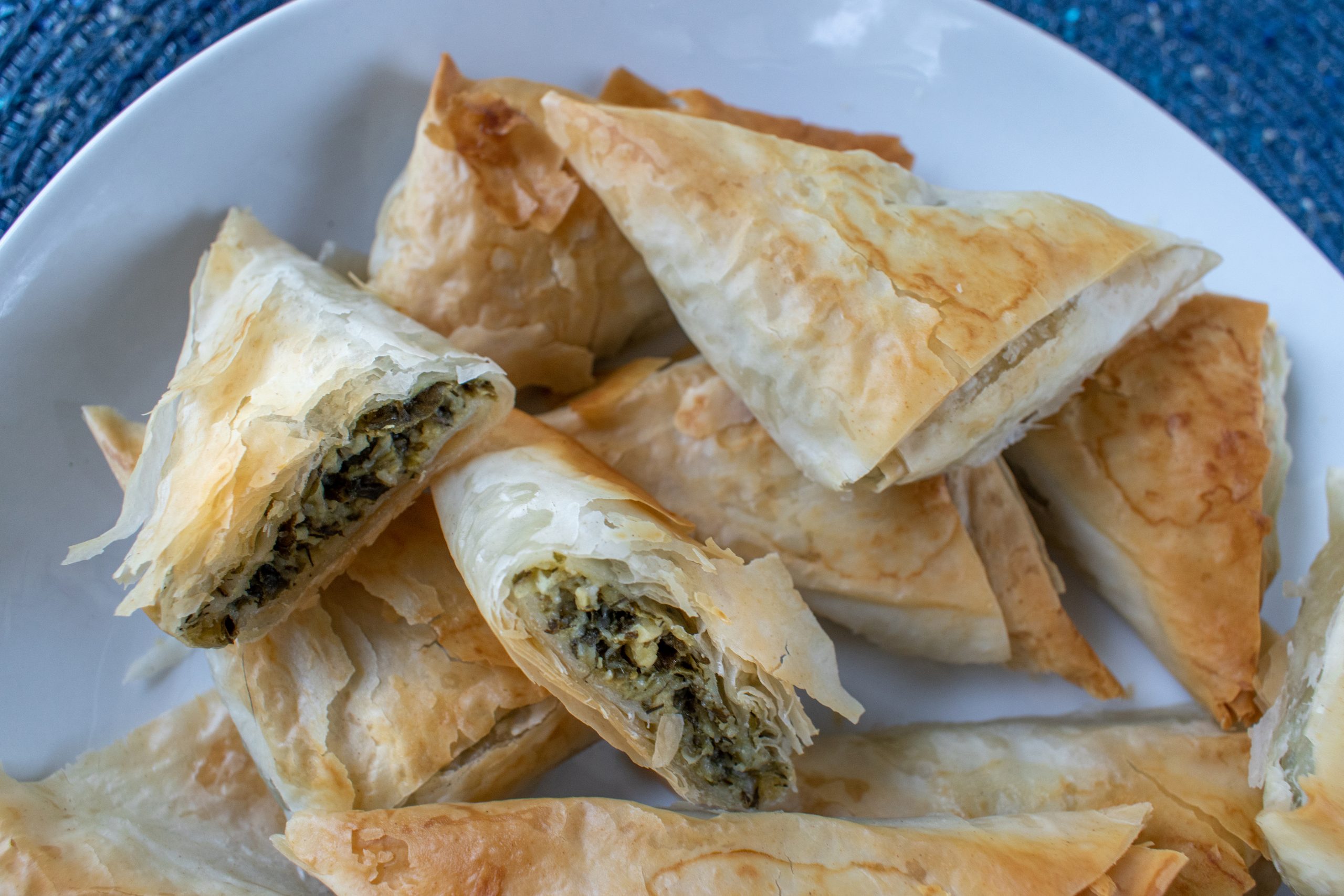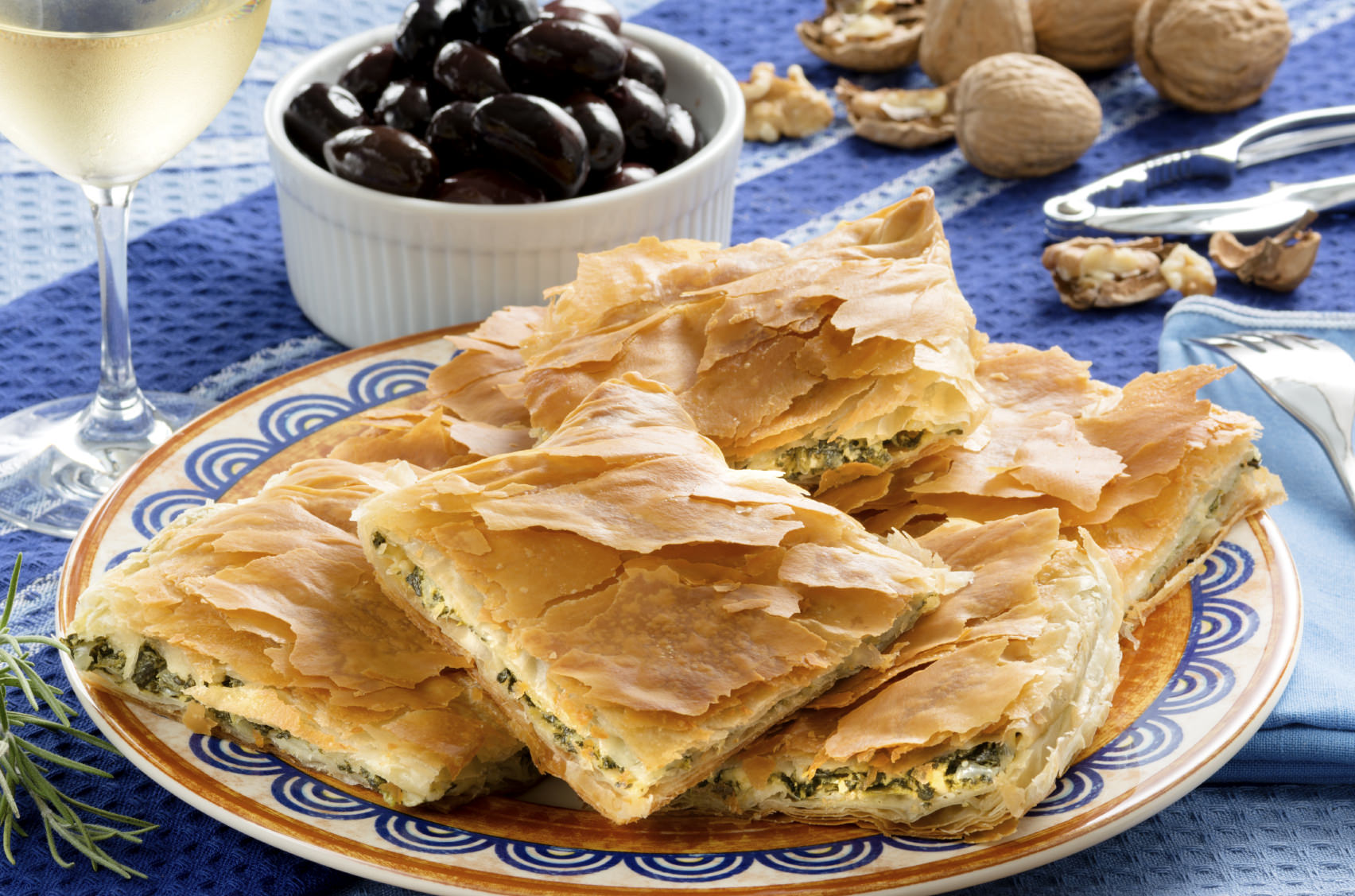I've recently developed a keen interest in Greek cuisine and I'm on a mission to incorporate more of its flavors into my daily cooking. Given the vast knowledge pool here, I thought this would be the perfect place to ask about must-have Greek pantry staples.
From what I gather, olive oil, olives, and feta cheese seem like obvious essentials. But I'm curious about the less obvious, yet equally important ingredients that could elevate my dishes with authentic Greek flavors.
Are there specific herbs, spices, or any other pantry items that are staples in Greek cooking? Additionally, if there are brands or types of these ingredients that you swear by, I'd love to hear about those too.






